Kontrast Entartainment invites you to the screening of a movie “Dywizjon 303. Prawdziwa Historia” (“Squadron 303”).
The film, directed by Denis Delić, will be screened on Sunday, October 7, at AMC Forum 30 in Sterling Heights (44681 Mound Rd) at 4:00 pm. Tickets are available for purchase at Srodek’s Campau Quality (Hamtramck), American Polish Cultural Center (Troy) and on-line at brownpapertickets.com.
Based on true story, the film tells the story of the highly regarded fighter squadron, in which served mainly soldiers from Poland, in the history of aerial combat and their heroic defense of England during World War II, Battle of Britain against Nazi attacks. The 303 Squadron shot three times more Luftwaffe planes than any other allied squadrons.
The film features most popular Polish actors, including Maciej Zakościelny, Piotr Adamczyk and Antoni Krolikowski.
The screenplay for the movie was inspired by a book written by Polish famous writer, journalist and adventurer, Arkady Fiedler. He wrote 32 books that have been translated into 23 languages and sold over 10 million copies in total. He wrote books about his travels (including Mexico, Indochina, Brazil, Madagascar, West Africa, Canada and United States), documenting cultures, customs and natural wonders.
“Dywizjon 303” (“Squadron 303”) was his most famous book. It was written in 1942 and sold over 1.5 million copies.
For more information about upcoming screening of “Dywizjon 303” movie, please call: 248-707-0577 lub 248-396-1370.

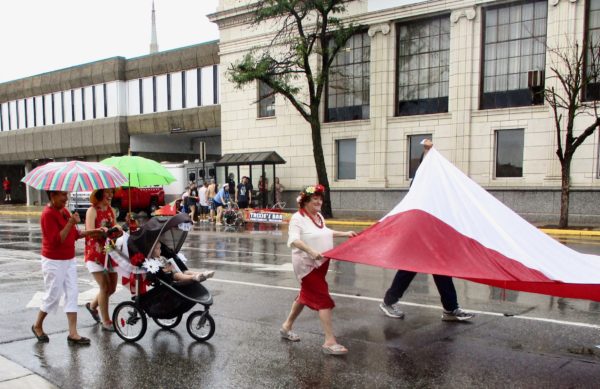
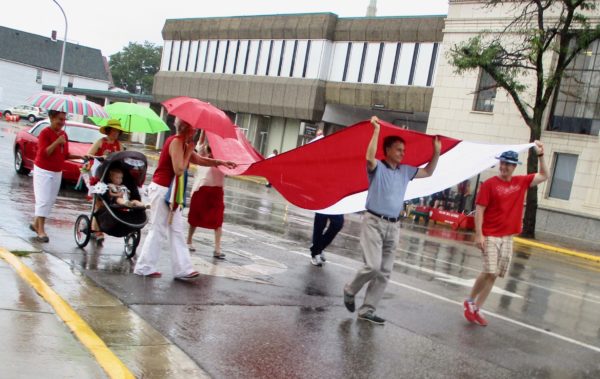
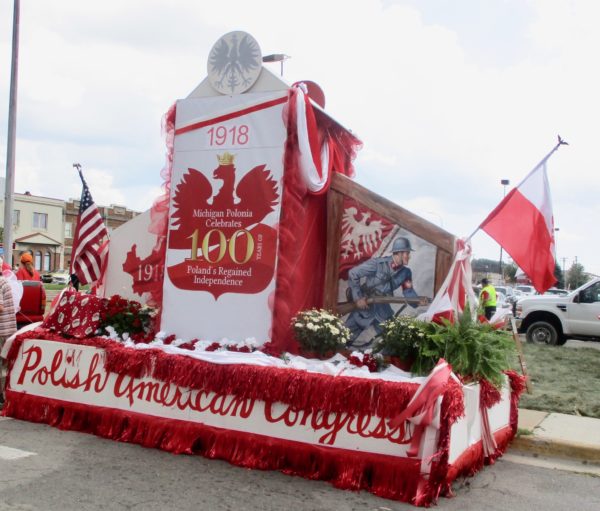
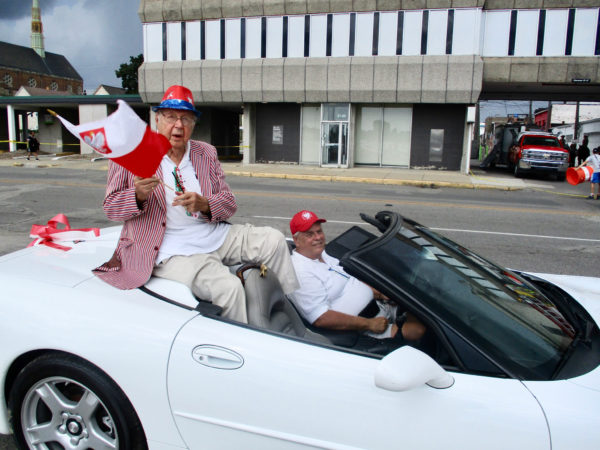
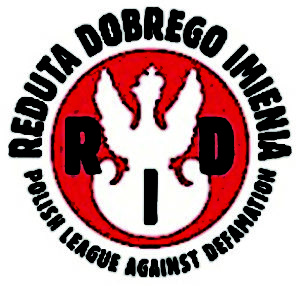
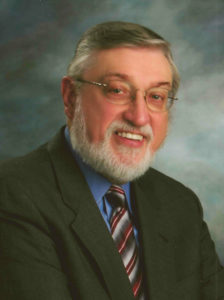

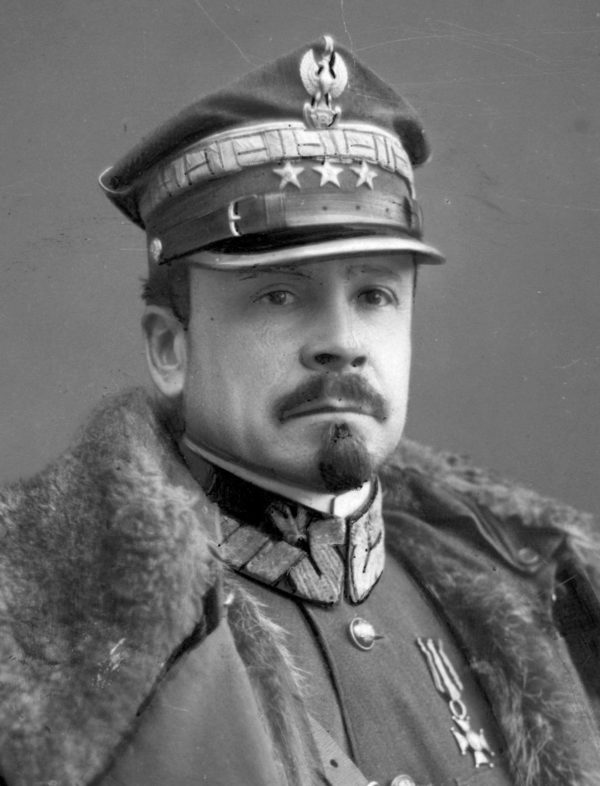
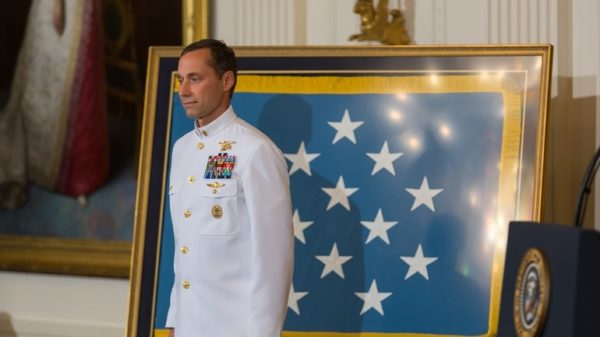
 The Polish American Congress (PAC) is a U.S. umbrella organization of Polish-Americans and Polish-American organizations. Its membership is composed of fraternal, educational, veterans, religious, cultural, social, business, and political organizations, as well as individuals.
The Polish American Congress (PAC) is a U.S. umbrella organization of Polish-Americans and Polish-American organizations. Its membership is composed of fraternal, educational, veterans, religious, cultural, social, business, and political organizations, as well as individuals.